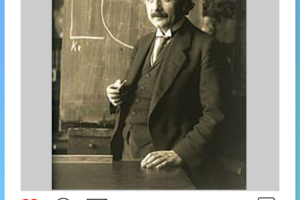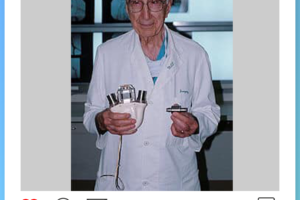
The Pioneering Legacy of Emil Theodor Kocher
Emil Theodor Kocher (25 August 1841 – 27 July 1917) was a Swiss physician and medical researcher who received the 1909 Nobel Prize in Physiology or Medicine for his work in the physiology, pathology and surgery of the thyroid. Among his many accomplishments are the introduction and promotion of aseptic surgery and scientific methods in surgery, specifically reducing the mortality of thyroidectomies below 1% in his operations
in his honor
The Kocher lunar crater named in his memory.
An asteroid (2087) Kocher also commemorates his name.
Eponyms
Kocher’s forceps – a surgical instrument with serrated blades and interlocking teeth at the tips used to control bleeding
Kocher’s point – common entry point for an intraventricular catheter to drain cerebral spinal fluid from the cerebral ventricles
Kocher manoeuvre – a surgical manoeuvre to expose structures in the retroperitoneum
Kocher–Debre–Semelaigne syndrome – hypothyroidism in infancy or childhood characterised by lower extremity or generalized muscular hypertrophy, myxoedema, short stature and cretinism
Kocher’s collar incision- is used in thyroid surgery
Kocher’s subcostal incision- Cholecystectomy
Kocher’s sign – eyelid phenomenon in hyperthyroidism and Basedow’s disease
Resources : Under the Knife: A History of Surgery in 28 Remarkable Operations



